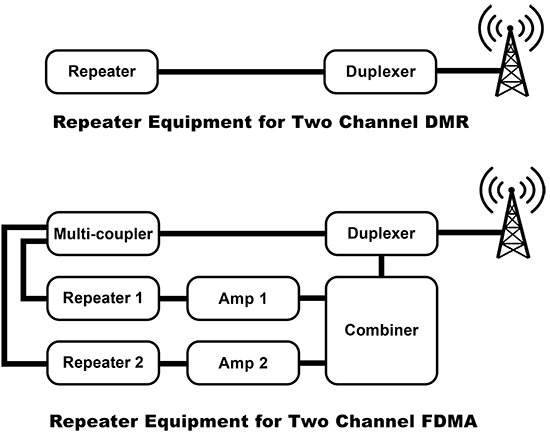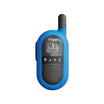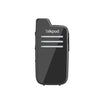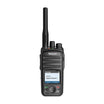With DMR TDMA you get two communications channels with one repeater, one antenna and a simple duplexer. Compared to FDMA solutions, two-slot TDMA allows you to achieve 6.25 kHz efficiency while minimising investments in repeaters and combining equipment. The required equipment of the two approaches for a simple system is shown in figure 6 below.

Figure 6: Equipment required for two channel FDMA and TDMA system
With FDMA 6.25 kHz systems there is a lower tolerance for errors introduced by the phenomenon of oscillator ageing and resulting signal drift away from the desired centre frequency by the transmitting radio. This results in less robust adjacent channel protection, making the system vulnerable to interference. Specialised equipment; a high stability oscillator can be introduced; but at a cost. In contrast, two-slot TDMA achieves stable two-channel equivalency using single-channel equipment. No extra repeaters or combining equipment are required (and there is lower drain on air conditioning and less back up power supplies needed at a repeater site).









































